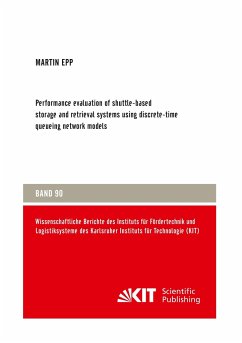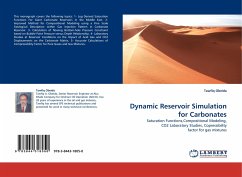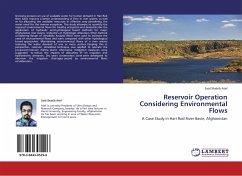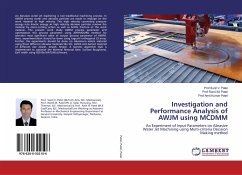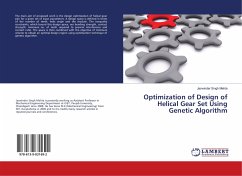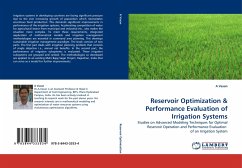
Reservoir Optimization & Performance Evaluation of Irrigation Systems
Studies on Advanced Modeling Techniques for Optimal Reservoir Operation and Performance Evaluation of an Irrigation System
Versandkostenfrei!
Versandfertig in 6-10 Tagen
52,99 €
inkl. MwSt.

PAYBACK Punkte
26 °P sammeln!
Irrigation systems in developing countries are facing significant pressure due to the ever increasing growth of population which necessitates enormous food production. This demands significant improvements in performance of the irrigation systems. Accelerating competition of water for agricultural sector from municipal and industrial etc., also makes the situation more complex. To meet these requirements, integrated application of mathematical models and irrigation management methodologies are essential in command area planning. This develops sustainable irrigation management paradigm. The boo...
Irrigation systems in developing countries are facing significant pressure due to the ever increasing growth of population which necessitates enormous food production. This demands significant improvements in performance of the irrigation systems. Accelerating competition of water for agricultural sector from municipal and industrial etc., also makes the situation more complex. To meet these requirements, integrated application of mathematical models and irrigation management methodologies are essential in command area planning. This develops sustainable irrigation management paradigm. The book consists of two parts. The first part deals with irrigation planning problem that consists of single objective i.e., annual net benefits. In the second part, the performance of irrigation subsystems is evaluated. These irrigation subsystems are grouped and ranked. The methodologies so developed are applied to an existing Mahi Bajaj Sagar Project, Rajasthan, India that can serve as a model for further improvements.







